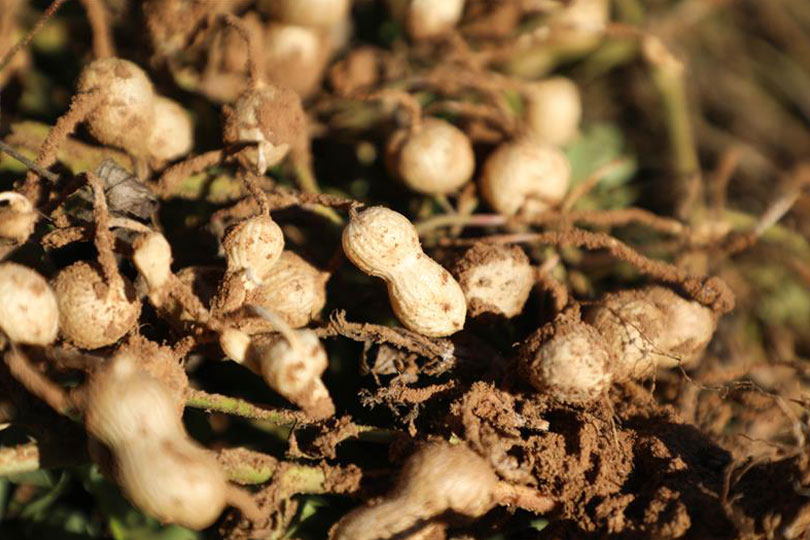By Emmy Powell
Communications Specialist
South Texas peanut farmers began this year’s harvest earlier than usual.
In Frio County, Grayson Wilmuth planted his peanuts early in April in an effort to reduce irrigation needs. According to Texas Peanut Producers Board Executive Director Shelly Nutt, the strategy proved successful.
“He planted early hoping that he could reduce his irrigation,” Nutt told the Texas Farm Bureau Radio Network. “It actually worked. He did eliminate a couple of irrigations, and the crop looks good. He had a well go down, so he lost about a week of irrigation, and he could see it in the yields. But he’s still saying that everything’s looking really good.”
Looking at the crop statewide, Nutt said Texas farmers planted nearly 300,000 acres.
“Some of those acres were failed early, but we’re still going to end up harvesting around 265,000 acres, which is a whole lot for Texas,” she said. “I think that some of those acres were planted thinking that we were going to continue to not get any rain. But they started getting rains in West Texas, and now these crops look pretty decent. So, we’re going to harvest a lot of acres in Texas.”
Yields, she noted, are expected to vary.
“I think we’re going to see an average for our state,” Nutt said.
August rains helped boost production, but the strong crop will also contribute to a significant oversupply.
“Because everyone in the country planted peanuts, we’re going to have a huge oversupply not just nationally, but a worldwide oversupply,” Nutt said. “Now, we’re dealing in this world market because we export so many peanuts. We’re going to be competing for those export markets. Prices are not great this year. Everything just seems to be down right now.”
Despite the oversupply, Nutt doesn’t anticipate lower prices for consumers at the grocery store.
“We don’t ever see prices go down on peanut butter when there’s an oversupply of peanuts,” Nutt said. “Cost of production, input costs for agriculture in general—whether it be row crops or peanuts or whatever is being grown out there—has been and continues to be high. We’re going to have low prices on peanuts this year and next, and it may take more than two years to roll out of this oversupply we’re looking at.”
Peanut farmers are exploring all options to sell their peanuts both domestically and abroad.
“They want a high-quality peanut, and we can meet their specs. Texas can grow a peanut that meets the strict specs of the Europeans, but it’s also a high value market. They’ll pay more for a high-quality peanut, and that’s what we want for our growers. We want our growers getting that premium market,” Nutt said. “The goal is to sell Texas peanuts, the secondary goal, sell U.S. peanuts. It’s all going to help our growers.”
Meet brothers Brandon and Matthew Boerner who grow peanuts in Cooke, Grayson and Denton counties.


Leave A Comment